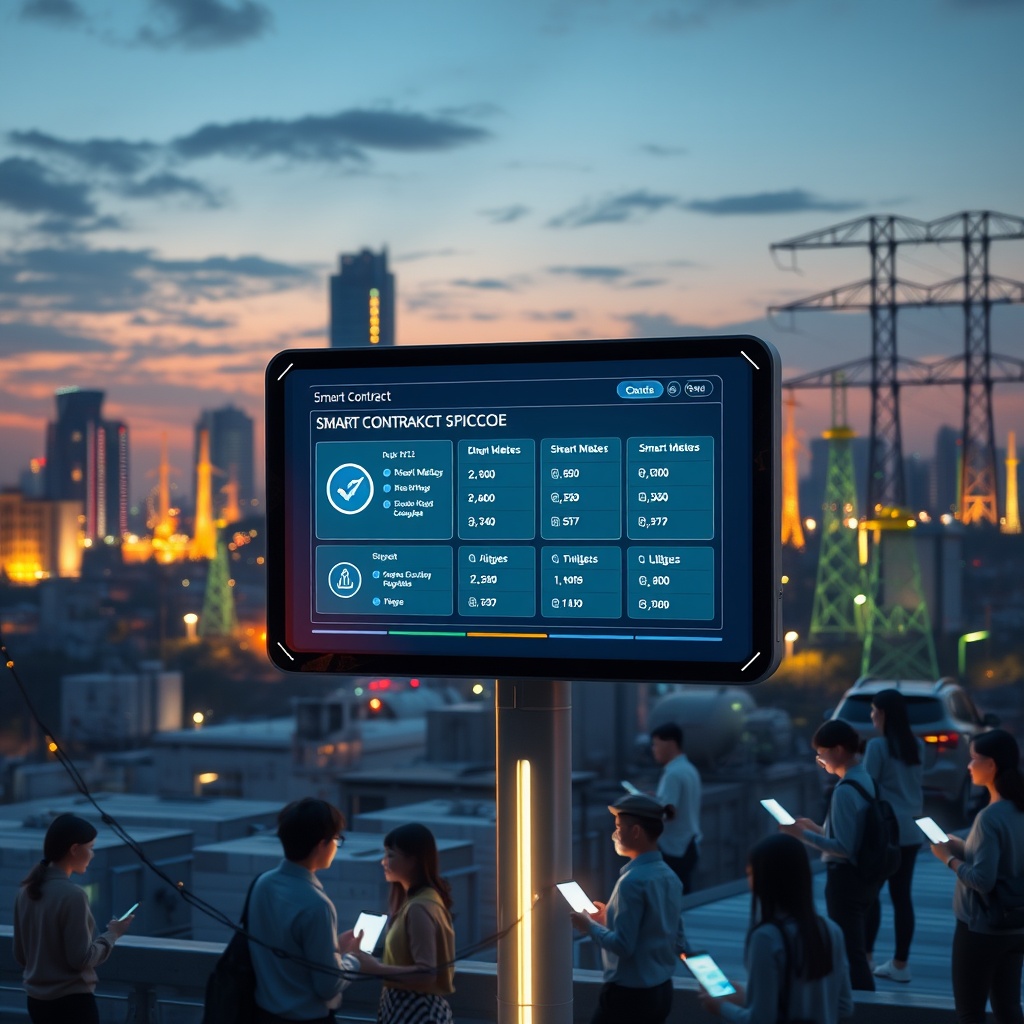Understanding Dynamic Pricing in Utility Management

Dynamic pricing models have gained significant traction in the utility sector, allowing companies to adjust prices based on real-time demand and supply conditions. The advent of smart contracts, powered by blockchain technology, has further transformed these pricing models, enhancing transparency, efficiency, and customer engagement.
Key Benefits of Smart Contract Implementation
Utilizing smart contracts for dynamic pricing offers several advantages that traditional pricing models cannot match. These benefits include automatic execution of pricing adjustments, reduction in administrative costs, and the creation of a more responsive pricing environment for consumers.
- Transparency: Smart contracts operate on decentralized networks, ensuring that all participants can view and verify pricing changes in real-time.
- Efficiency: The automation of pricing adjustments reduces the need for manual intervention, expediting the billing process.
- Consumer Empowerment: Customers can access real-time pricing information, allowing them to make informed decisions about their energy consumption.
Challenges and Considerations
While the integration of smart contracts in dynamic pricing models presents numerous benefits, there are challenges that must be addressed. Key considerations include regulatory compliance, the necessity for robust cybersecurity measures, and the potential for technological disparities among consumers. Engaging stakeholders early in the development process can mitigate these challenges and foster a smoother transition towards smart contract-based dynamic pricing.





